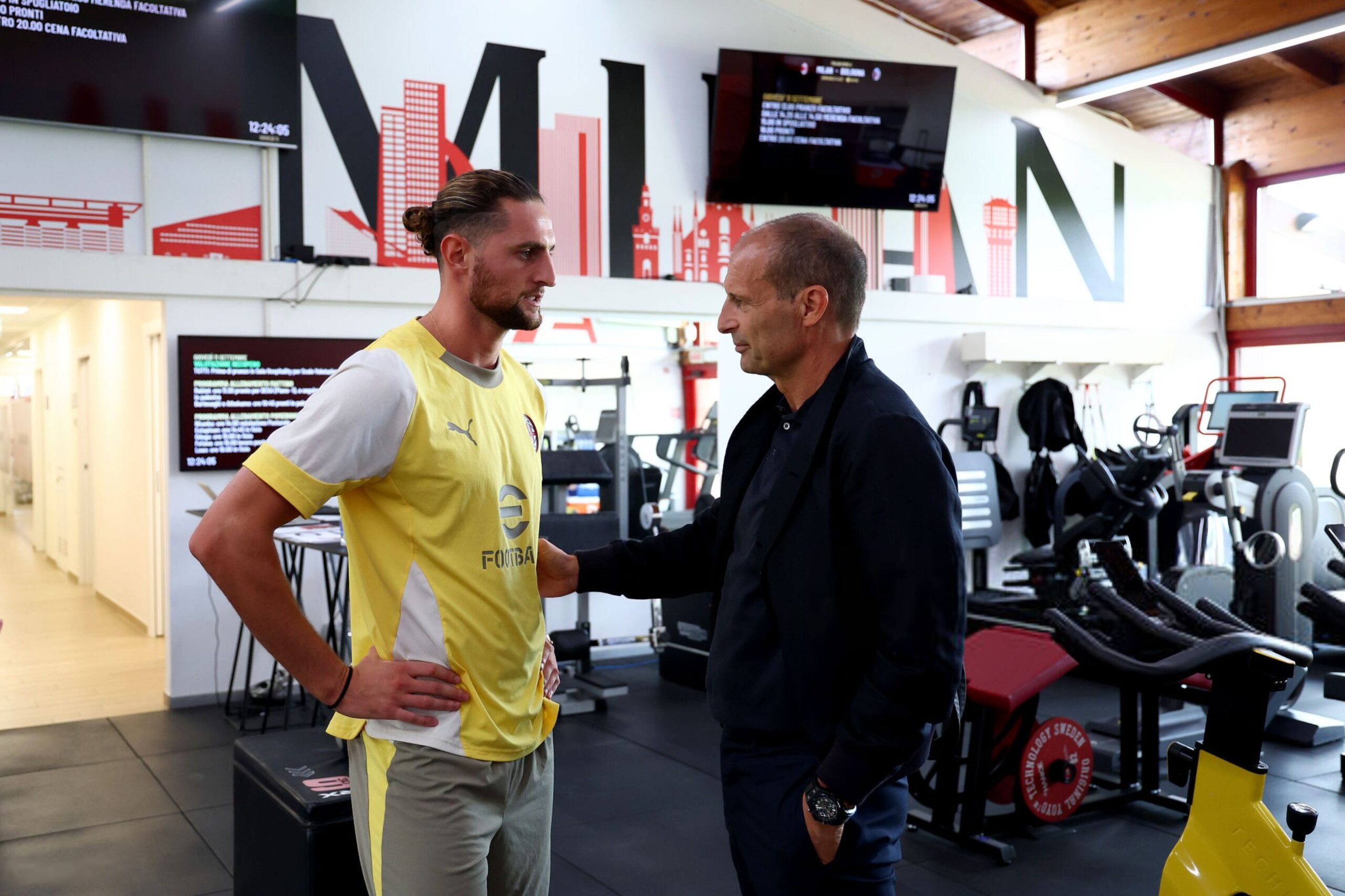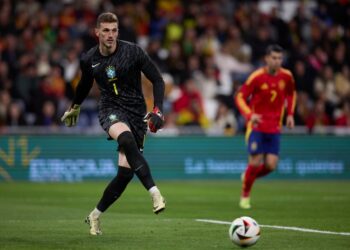In the fine Milan side that Max Allegri has put together at the start of this season, exceeding even the most optimistic expectations so far, one of the key players is Luka Modric. The Croatian, who arrived at Milan with the enthusiasm and energy of a youngster, quickly became the team’s focal point. He drops deep, drifts wide, dictates play, spreads passes, takes the ball under pressure, shoots, and delivers corners. You would not be surprised from a player of his class, yet here we are: at 40 years old, so far he is performing at a level that makes you rub your eyes.
A main point of discussion, a positive one, in these first six games has been his position on the pitch. At the start of the summer, it seemed more likely to imagine him as a mezzala or an advanced midfielder rather than as a central playmaker, often dropping deep. That raised the question: wouldn’t it be better to use Luka in a more advanced role, alongside another playmaker like Ricci, instead of putting him between two runners like Loftus-Cheek and Fofana?
Milan coach Allegri didn’t take long to provide his interpretation.
There is a second “playmaker”, another player capable of handling the ball and giving rhythm and confidence to his teammates, but for now it’s not Ricci. It is Rabiot, who returned to Italy after a year with De Zerbi at Marseille with a bag full of new ideas and experiences. Adrien has always been a dominant and impactful midfielder, but in his career he has never been so influential in possession and in dictating tempo. A real surprise that has given Milan fans a complete midfielder. Modric remains the designated director, the man to start things off, but now he has a partner who speaks his same footballing language. With Saelemaekers, Estupiñán, Pulisic, and Nkunku, they form a solid group that can keep the ball calmly and go forward vertically much more often than in the past, writes Milan News.
It is no coincidence that with Rabiot and the consistent work at Milanello, the 3-5-2 is now being played as a true 3-5-2 and not as the asymmetrical alternative to the 4-2-3-1 that the team had been used to for years. You now see possession play, patience, switches of play, and finally a strong presence on the wings that often leads to dangerous crosses. Last night against Lecce, three goals came from crosses, two of them in classic situations built around the strengths of the 3-5-2. Again, not by chance, on Gimenez’s goal it was Rabiot, the team’s second playmaker, who sent Bartesaghi through with an excellent chipped pass. You might be surprised, but when the transfer market brings in strong and experienced players, these are the results. Still, feet on the ground, this is only the beginning.
















